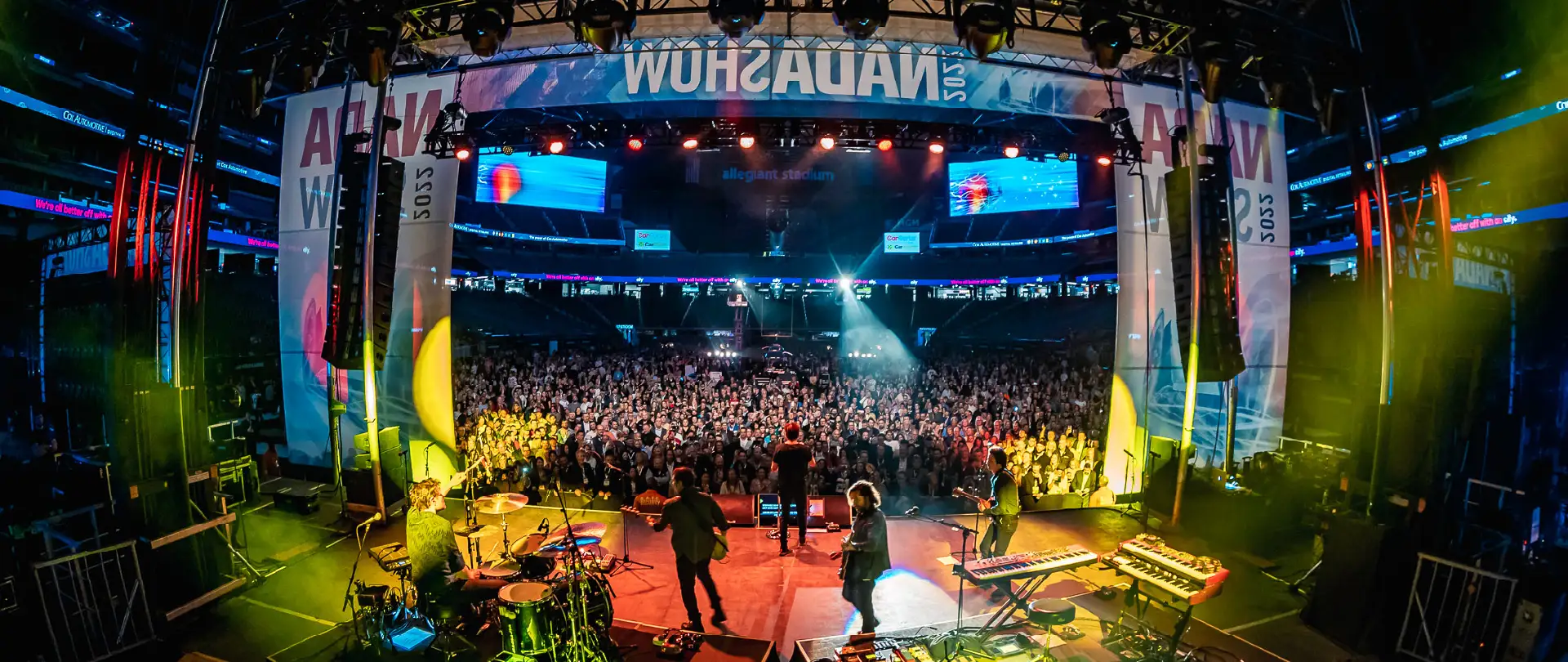Exactly How Manufacturing Business Transform Principles Into Compelling Visuals
The procedure by which manufacturing business change abstract principles into compelling visuals is both intricate and methodical, starting with the critical stages of ideation and script growth. As the job progresses with pre-production, production, and post-production, each phase demands mindful focus to detail and alignment of imaginative aspects.
Understanding the Creative Refine
While the imaginative process might vary dramatically from one production company to one more, it usually entails a structured strategy that stabilizes artistic vision with functional implementation. The process begins with ideation, where ideas are brainstormed and fine-tuned. During this phase, imaginative groups participate in conversations that discover motifs, stories, and aesthetic styles, making sure that the core message straightens with the designated audience.
Complying with ideation, the advancement phase takes spotlight, where manuscripts, storyboards, and shot checklists are meticulously crafted. This phase is vital as it equates abstract ideas into concrete plans, helping with a smoother production process. The creative team works together very closely, making certain that every facet, from casting to area hunting, shows the creative intent.
Post-production even more refines the visuals and audio, culminating in a refined final item that resonates with the target market. Therefore, understanding this organized innovative process is essential for valuing how production firms change concepts into engaging visuals.

The Duty of Partnership
Exactly how does partnership boost the imaginative result of manufacturing companies? At its core, cooperation is an essential stimulant that cultivates advancement and creative thinking within the manufacturing landscape.

Moreover, cooperation motivates open communication, which is essential for navigating the intricacies of production. It grows an ambience where comments is valued, permitting repetitive enhancements and adjustments that boost the end product. Inevitably, the collective spirit within production companies offers to transform initial concepts right into compelling visuals that mesmerize viewers, enhancing the relevance of team effort in achieving creative quality.
Pre-Production Essentials
Pre-production is a crucial stage in the filmmaking process, typically encompassing five essential steps that lay the groundwork for a successful manufacturing. The very first step involves script development, where the screenplay is refined, making certain that the narrative is natural and compelling. This is complied with by budgeting, which develops the economic framework for the project, recognizing crucial expenses connected to cast, crew, areas, and tools.
The 3rd action is casting, an essential procedure that includes selecting the best stars to represent the characters authentically. A well-cast movie can substantially enhance the tale's influence. Next, area scouting is carried out to locate suitable recording sites that straighten with the vision of the job, thinking about logistical elements such as accessibility and licenses.
Recording the Vision in Manufacturing
In the vibrant environment of a movie collection, capturing the vision in manufacturing needs meticulous control and partnership amongst all departments. Each team, from cinematography to art direction, plays a crucial function in equating the movie script into visual images that reverberates with target markets. The director's vision have to be properly communicated to ensure that every shot, angle, and lights choice straightens with the overarching story.
Cinematographers are tasked with picking cam equipment and lenses that ideal communicate the story's see this page tone, while manufacturing designers produce immersive environments that boost the visual experience. Closet and makeup groups add by shaping personalities with their look, strengthening the narrative's styles.
Sound style and music likewise complement the visuals, developing psychological context and increasing target market interaction. Daily control meetings and on-set interaction channels assist in real-time adjustments, making certain that any type of imaginative nuances are recorded as they arise.
Eventually, capturing the vision in production is concerning harmonizing these varied elements to develop a cohesive and engaging aesthetic have a peek at this site narrative. The joint effort not just brings the manuscript to life but likewise lays the structure for a powerful cinematic experience.
Post-Production: Refining the Final Product
Post-production plays a crucial function in improving the end product, changing the raw footage caught throughout manufacturing into a polished cinematic experience (production companies nashville tn). This stage encompasses several necessary processes, including modifying, audio design, color modification, and aesthetic results, each adding to the general narrative and psychological influence of the movie

Sound style is equally essential, involving the enhancement of dialogue, sound results, and atmospheric sounds that enrich the checking out experience - production companies nashville tn. The cautious layering of audio elements aids engage the audience in the tale globe
Color adjustment further boosts aesthetic charm, changing colors and contrasts to create a natural aesthetic that straightens with the movie's mood. This step ensures that each structure resonates psychologically with customers.
Conclusion
Finally, the improvement check out here of concepts right into compelling visuals demands an organized and collective method within manufacturing business. By prioritizing interaction and control throughout the creative process-- from ideation and pre-production to production and post-production-- these companies effectively straighten different creative components with the story. This meticulous methodology not only boosts storytelling yet also captivates audiences, ultimately causing immersive and appealing cinematic experiences that resonate deeply with audiences.